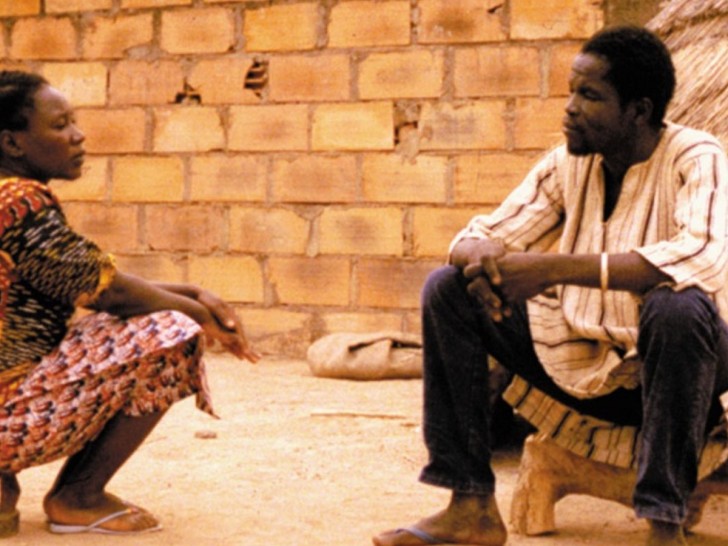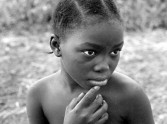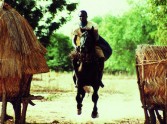
Madame Hado
Zan Boko
Screening on Film
-
Madame Hado
Directed by Gaston Kaboré.
With Hado Porgho Léontine.
Burkina Faso/UK, 1992, 16mm, color, 13 min.
Mòoré with French subtitles.
This film portrait of the celebrated Mossi folk singer and dancer Madame Hado, in her early sixties at the time of filming, presents the artist’s music and dance as she reveals aspects of her rich artistic life.
In the Mossi culture, one of the rites attending the birth of a child and its induction as a new member of the community involves the burial of the placenta. This act consecrates the first link between the newborn and the nurturing earth, dwelling place of ancestors and spirits that protect the family and social group. The space in which the placenta is buried is called “Zan Boko”—a phrase that connotes the religious, cultural, and affective relations that bind the child to the land and that embraces the notions of “rootedness” and “belonging.” Kaboré tells the poignant story of Tinga, who resists the encroaching urbanization of his native territory. The specific rhythms and vision of the rural community—as well as its values, social relationships, and individual and collective destinies—are brutally altered as the urban universe implants itself, in the form of a palatial mansion replete with swimming pool, onto this ancient rural territory.










